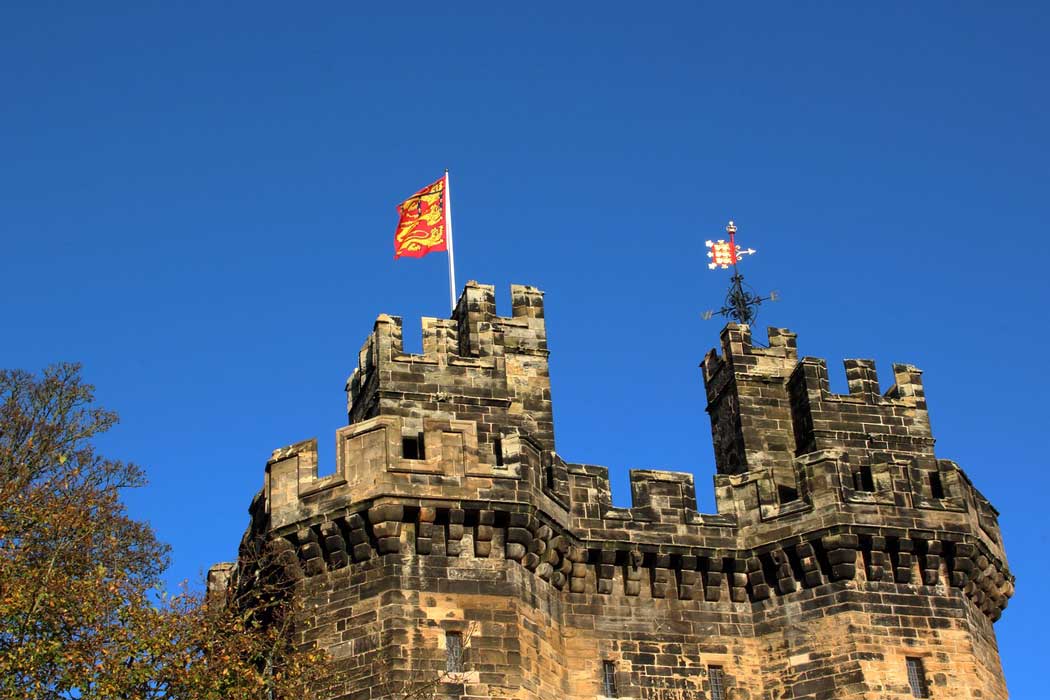Lancaster Castle is a significant historical site with a varied and complex past. Overlooking the River Lune, the castle has served multiple roles throughout its long history, including as a Roman fort, a royal residence, a prison and a courthouse. Today, it remains an important cultural landmark and offers visitors a chance to explore its storied past.
The castle is believed to date from the 11th century, having been built on the site of a Roman fort. Lancaster Castle has been a focal point in English history, playing a role in the English Civil War and hosting the infamous Pendle witch trials in 1612. The castle functioned as a prison until 2011, making it one of the oldest continuously used prisons in Europe.
Its architecture reflects various periods, with additions and modifications made over the centuries. The castle’s use as a courthouse continues to this day, with parts of the building still serving as a working Crown Court. This blend of historical and contemporary uses makes Lancaster Castle a unique destination for those interested in British history and heritage.

What to see at Lancaster Castle
Visitors to Lancaster Castle can explore a range of historical features and exhibits. Guided tours provide access to many parts of the castle, including areas not normally open to the public. The tours cover the castle’s history, from its Roman origins to its time as a prison.
Key highlights include the Shire Hall, which houses an impressive collection of heraldic shields representing the county’s High Sheriffs. The Crown Court, still in use today, offers a glimpse into the British legal system’s workings within a historical context. The castle’s medieval keep, towers and dungeons provide insight into its defensive and penal roles.
The castle includes a Police Museum as well as an exhibition where visitors can also learn about the Pendle witch trials, with exhibits detailing the trials and the individuals involved.
The castle’s prison cells and punishment areas illustrate the harsh realities of life for inmates over the centuries. Periodic exhibitions and events further enrich the visitor experience, focusing on various aspects of the castle’s history and its role in the broader context of British heritage.
Visiting Lancaster Castle
Lancaster Castle is located between the railway station and the city centre and most points of interest are within a 10-minute walk from here.
The castle is open throughout the year, although the Police Museum is only open on Thursdays and Fridays.
Access to most areas of Lancaster Castle is via a 60-minute guided tour; however, you can visit the Police Museum, the Witch’s Exhibition and the castle courtyard without joining a tour.
It is important to note that the guided tour route is not wheelchair accessible nor is it suitable for prams or pushchairs.
Visitors should allow around two hours to explore Lancaster Castle and its exhibits. This will allow for the one-hour tour and also give you time to visit the exhibition and courtyard.


There are no comments yet.